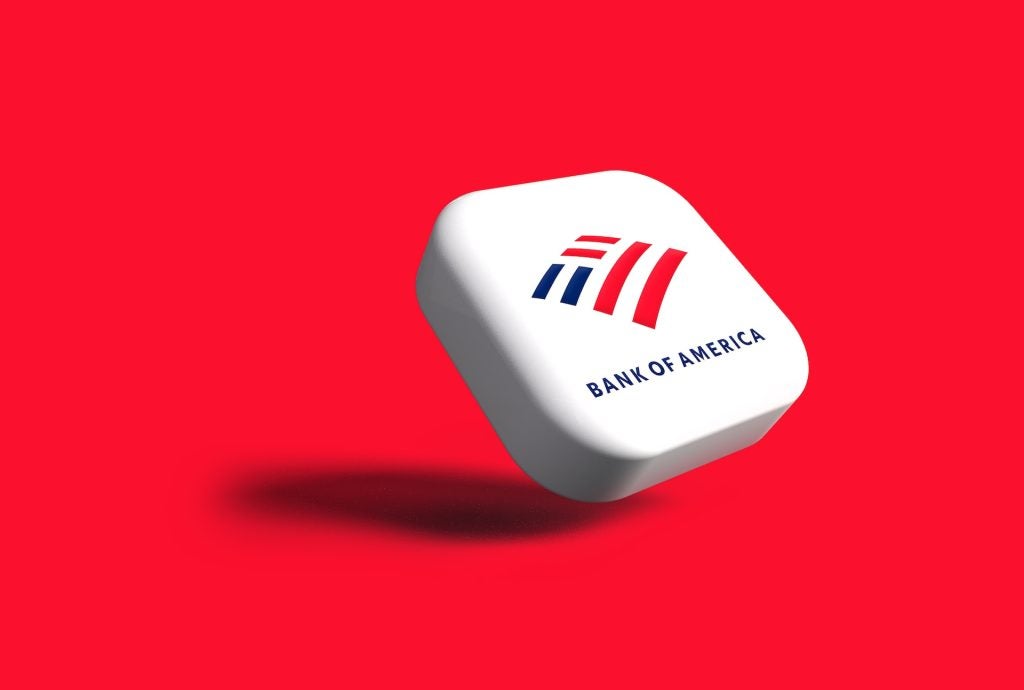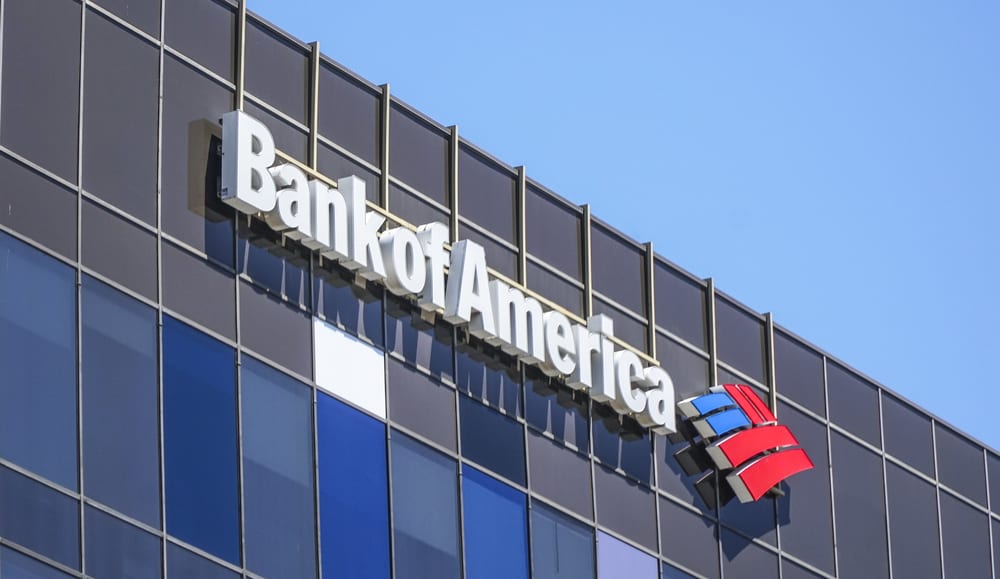Islamic banking assets could reach OMR5bn ($13bn) by 2018, a 7% share of estimated total assets, according to a study by Thomson Reuters.
Islamic banking in Oman is expected to grow at double-digit rates as sharia-compliant banking products increasingly gain acceptance and the government’s plans to ease restrictions come to fruition.
Launched in 2012, Oman’s nascent Islamic banking segment saw assets surge more than fivefold to OR1.1bn ($2.86bn) at the end of the second quarter of 2014, according to Thomson Reuters.
The sector, which comprises two dedicated sharia-compliant lenders and six commercial banks with registered Islamic banking windows, currently represents more than 4% of Oman’s total banking assets, but this may increase to 10% by 2018 if the best-case scenario for asset growth is achieved.
Sharia-compliant tools
However, such a formidable growth rate may require further regulatory assistance according to the study published in October and carried out in conjunction with a number of Islamic financial agencies.
How well do you really know your competitors?
Access the most comprehensive Company Profiles on the market, powered by GlobalData. Save hours of research. Gain competitive edge.

Thank you!
Your download email will arrive shortly
Not ready to buy yet? Download a free sample
We are confident about the unique quality of our Company Profiles. However, we want you to make the most beneficial decision for your business, so we offer a free sample that you can download by submitting the below form
By GlobalDataIn particular, it identified the need for sharia-compliant liquidity management instruments to open up the interbank market. Regulations currently ban the use of commodity murabaha, a money market contract widely used elsewhere in the Gulf.
Hamood Sangour Al Zadjali, executive president of the Central Bank of Oman (CBO), said the government was moving to respond to market calls to relax some of the existing restrictions and had set up a taskforce to develop sharia-compliant liquidity management tools. He added that the banks needed to expand their product range.
However, new products bring challenges for the sector, said Lloyd Maddock, CEO of Ahli Bank, a conventional lender that offers Islamic banking services, such as lack of product awareness and employee expertise. "Islamic banking is still in the early stages in Oman," he told OBG earlier in the year. "While there is considerable demand for sharia compliant products, primarily from retail borrowers, the sector faces challenges, including the training of bank employees and explaining the propositions to the populace."
Rise in assets
Despite growth in the sector, Islamic banks still need tools to help them manage their funds and ensure profitability. The two sharia lenders, Alizz Islamic Bank and Bank Nizwa, announced increases in assets and earnings this year, but recorded overall losses.
Alizz said total income more than doubled in the nine months to end-September, while it posted an OR4.4m ($11.4m) loss, which it attributed to high expenses in the period due to the opening of branches. Bank Nizwa said assets in the 12 months to end-September rose 49% to reach OR257m ($667m) year-on-year, while the group’s net loss decreased by 49% in the same period.
However, conventional banks are starting to gain traction in the Islamic sector. The Islamic unit of Oman’s largest lender, Bank Muscat, was the only operation to post profits in 2013, while its sharia-compliant unit will float the country’s first sukuk, or Islamic bond, announced in October. BankDhofar said its Islamic unit had moved into profit in the nine months ending September 30, albeit the slightest of profits at OR10,000 ($26,000) profit, but still a significant turnaround from the OR1.31m ($3.38m) loss a year ago.
SMEs highlighted
Within Islamic finance, lending to small and medium-sized enterprises (SMEs) is identified as a key sector for growth. According to some estimates, more than 90% of all registered firms in the sultanate fall into the SME category, although their combined contribution to the economy is only 15%.
The central bank Governor said SME lending has become an important focus for policymakers: "To encourage lending to SMEs, the prudential requirement for banks to lend to SMEs have also been relaxed in terms of general provisioning requirements and risk weightage," he told OBG. "Islamic banking entities, by their business philosophy itself, should find SME finance more attractive," he added.
Jamil El Jaroudi, CEO of Bank Nizwa, echoed this sentiment, noting that smaller enterprises represented a strong market for Islamic banking, calling for greater support of the SME sector.
Government plans to bolster the SME sector, through incentivising small businesses to take part in major infrastructure programmes, means there may be a ready market for sharia lenders.
The Islamic finance sector will also benefit from overall growth in the banking sector, with credit growth set to rise as real estate and non-oil sectors gain momentum. With bank deposits and liquidity levels rising, lenders in Islamic and conventional banking will be well positioned to accommodate the increased demand for finance.







